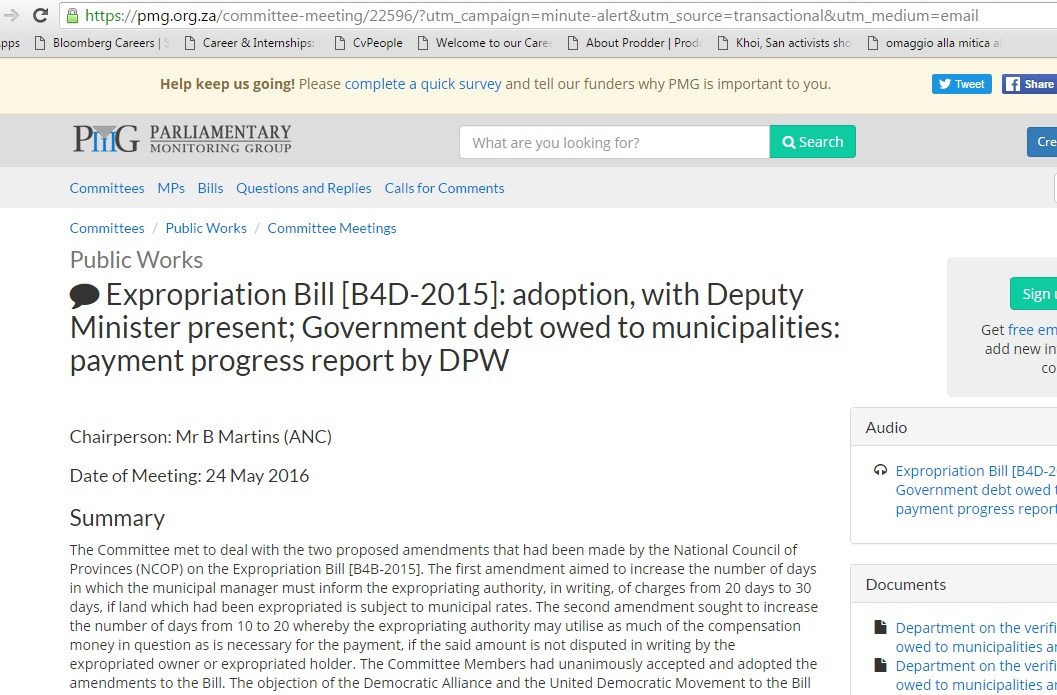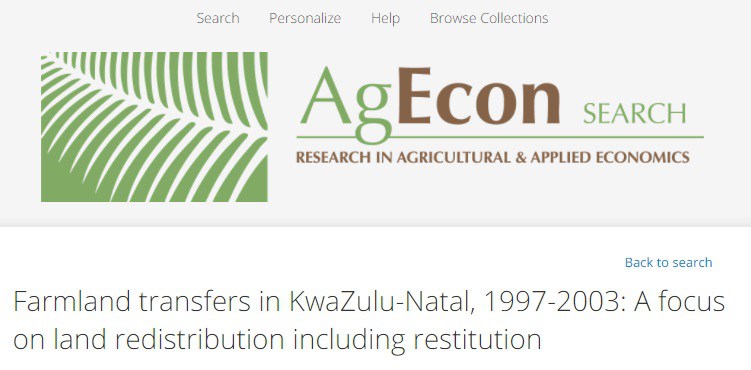Expropriation Bill [B4D-2015]: adoption, with Deputy Minister present; Government debt owed to municipalities: payment progress report by DPW
The Committee met to deal with the two proposed amendments that had been made by the National Council of Provinces (NCOP) on the Expropriation Bill [B4B-2015]. The first amendment aimed to increase the number of days in which the municipal manager must inform the expropriating authority, in writing, of charges from 20 days to 30 days, if land which had been expropriated is subject to municipal rates.





